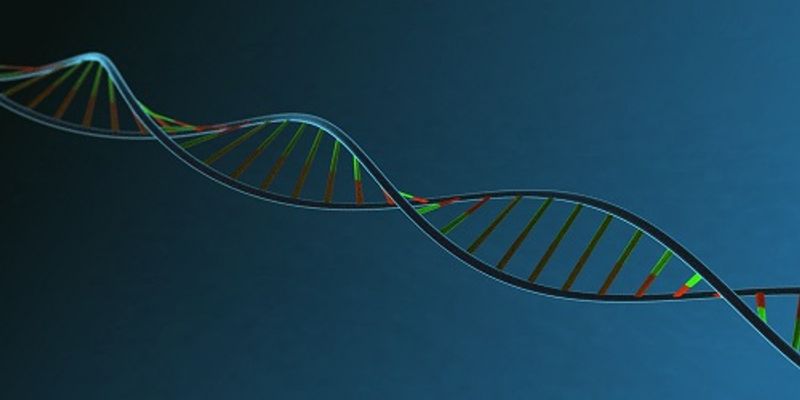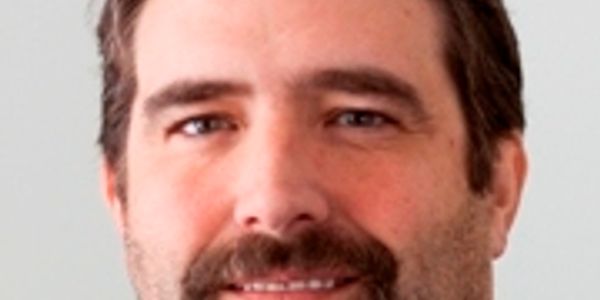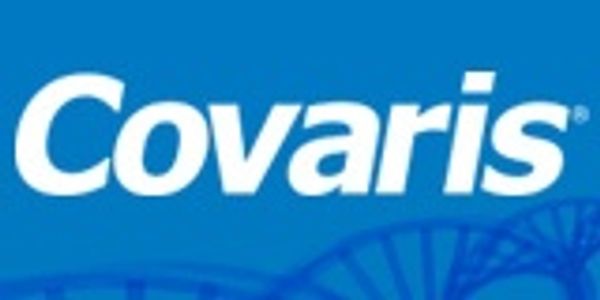Gene Sequencing
Gene Sequencing: the process of determining the precise order of nucleotides within a DNA molecule. It includes any method or technology that is used to determine the order of the four bases-adenine, guanine, cytosine, and thymine-in a strand of DNA. The advent of rapid DNA sequencing methods has greatly accelerated biological and medical research and discovery.
-
DNASTAR offers an integrated suite of software for assembling and analyzing sequence data from all major next-generation sequencing platforms. The software supports a variety of key workflows...Speaker: Kerri Phillips
OCT 29, 2014 | 7:30 AM
Next-generation sequencing (NGS) has revolutionized extraction of genomic information, facilitating rapid advances in the fields of clinical research and molecular diagnostics. However, c...
Speaker:
Vikram Devgan, PhD, MBA
As next-generation sequencing (NGS) platforms advance in their speed, ease-of-use, and cost-effectiveness, many translational researchers are transitioning from microarrays to RNA sequencing...
Speaker:
Kelli Bramlett, M.S.
OCT 28, 2014 | 8:00 AM
The TLA Technology constitutes a paradigm shift in targeted next generation sequencing (NGS). The TLA technology uses the physical proximity of nucleotides within a locus of interest as the b...
Rare disorder analysis has been facilitated by the declining cost of sequencing. Despite numerous success stories the underlying cause remains unexplained in >50% cases, emphasizing the ne...
AUG 21, 2014 | 12:15 PM
DNASTAR offers an integrated suite of software for assembling and analyzing sequence data from all major next-generation sequencing platforms. DNASTAR software supports a variety of key workf...
AUG 21, 2014 | 11:30 AM
Coastal Genomics and the Hamilton Company have teamed up to combine the NIMBUS 96 channel platform with Ranger Technology to automate high throughput agarose gel electrophoresis. The new NIM...
In this presentation I describe pathway based analyses of genotyping data to identify pathways related to the development of complex diseases, with a focus on lung cancer and selected autoimm...
AUG 21, 2014 | 9:30 AM
Next-Generation Sequencing is enabling scientists to study the transcriptome in ways never before possible. During this session with Illumina Distinguished Scientist, Dr. Gary Schroth, you w...
AUG 21, 2014 | 8:45 AM
Whole genomic and exomics sequencing applied clinically is revealing newly discovered genes and syndromes at an astonishing rate. While clinical databases and variant annotation continue to g...
AUG 21, 2014 | 8:45 AM
With advances in next-generation sequencing, whole-exome and genome sequencing (WGES) is now accessible as a tool in many applications. In the clinical setting, WGES is proving to be very val...
AUG 20, 2014 | 11:45 AM
The unanimous Supreme Court ruling of 2013 regarding gene patents made competition for BRCA1 and BRCA2 testing a reality. Within hours of the decision multiple labs began offering more compre...
AUG 20, 2014 | 11:45 AM
Direct-to-consumer (DTC) genetic testing can be understood as including two related aspects: first, the advertising of genetic tests directly to consumers; and second, the direct access or or...
AUG 20, 2014 | 11:30 AM
High-throughput short-read DNA sequencing has revolutionized our ability to measure genetic variation in the form of single-nucleotide polymorphisms (SNPs) in human genomes. However, ~75% of...
AUG 20, 2014 | 10:45 AM
A recent publication in Nature Genetics1 analyzed TCGA data, and classified solid tumors into two mutually exclusive classes: C class tumors, driven by copy number alterations; and M class tu...
AUG 20, 2014 | 10:45 AM
...
AUG 20, 2014 | 8:45 AM
The flexibility of the BioMark Real-Time PCR System, allow us to preform genetic research using different types of nano-fluidic (48.48 or 96.96) chips setup, in the thermal cycle of these chi...
AUG 20, 2014 | 8:30 AM
Next-generation sequencing (NGS) has revolutionized extraction of genomic information, facilitating rapid advances in the fields of clinical research and molecular diagnostics. However, c...
AUG 20, 2014 | 8:00 AM
One of the hallmarks of human cancers is genetic instability. My colleagues and I recently identified a remarkable association between human papillomavirus (HPV) and genomic structural variat...
Next Generation Sequencing has revolutionized genomic variant discovery. The major bottle-neck for sequencing projects is the individual, biological sample, library preparation. This platfo...
Speaker:
Joanna Hamilton, PhD, Lynne Apone, PhD, Zach Smith, MS
Presented at: Genetics and Genomics Virtual Event Series 2014
As next-generation sequencing (NGS) platforms advance in their speed, ease-of-use, and cost-effectiveness, many translational researchers are transitioning from microarrays to RNA sequencing...
Speaker:
Kelli Bramlett and Jeoffrey Schageman
MAY 28, 2014 | 9:00 AM
While the "Jolie effect" has refocused attention on the central role of BRCA gene analyses in the diagnosis and prevention of hereditary breast and ovarian cancer, there is a global disparity...
Speaker:
Jeffrey N Weitzel, MD
APR 17, 2014 | 11:00 AM
Formalin Fixation and Paraffin Embedding (FFPE) of tissue samples is a routine practice by pathologists; the technique enables high quality preservation of structural information. However, ...
MAR 20, 2014 | 1:00 PM
Using high throughput next-generation sequencing to simultaneously search large number of genes for pathogenic mutations has numerous advantages. It decreases the pressure to narrow the dif...
DNASTAR offers an integrated suite of software for assembling and analyzing sequence data from all major next-generation sequencing platforms. The software supports a variety of key workflows...
Speaker:
Kerri Phillips
OCT 29, 2014 | 7:30 AM
Next-generation sequencing (NGS) has revolutionized extraction of genomic information, facilitating rapid advances in the fields of clinical research and molecular diagnostics. However, c...
Speaker:
Vikram Devgan, PhD, MBA
As next-generation sequencing (NGS) platforms advance in their speed, ease-of-use, and cost-effectiveness, many translational researchers are transitioning from microarrays to RNA sequencing...
Speaker:
Kelli Bramlett, M.S.
OCT 28, 2014 | 8:00 AM
The TLA Technology constitutes a paradigm shift in targeted next generation sequencing (NGS). The TLA technology uses the physical proximity of nucleotides within a locus of interest as the b...
Rare disorder analysis has been facilitated by the declining cost of sequencing. Despite numerous success stories the underlying cause remains unexplained in >50% cases, emphasizing the ne...
AUG 21, 2014 | 12:15 PM
DNASTAR offers an integrated suite of software for assembling and analyzing sequence data from all major next-generation sequencing platforms. DNASTAR software supports a variety of key workf...
AUG 21, 2014 | 11:30 AM
Coastal Genomics and the Hamilton Company have teamed up to combine the NIMBUS 96 channel platform with Ranger Technology to automate high throughput agarose gel electrophoresis. The new NIM...
In this presentation I describe pathway based analyses of genotyping data to identify pathways related to the development of complex diseases, with a focus on lung cancer and selected autoimm...























